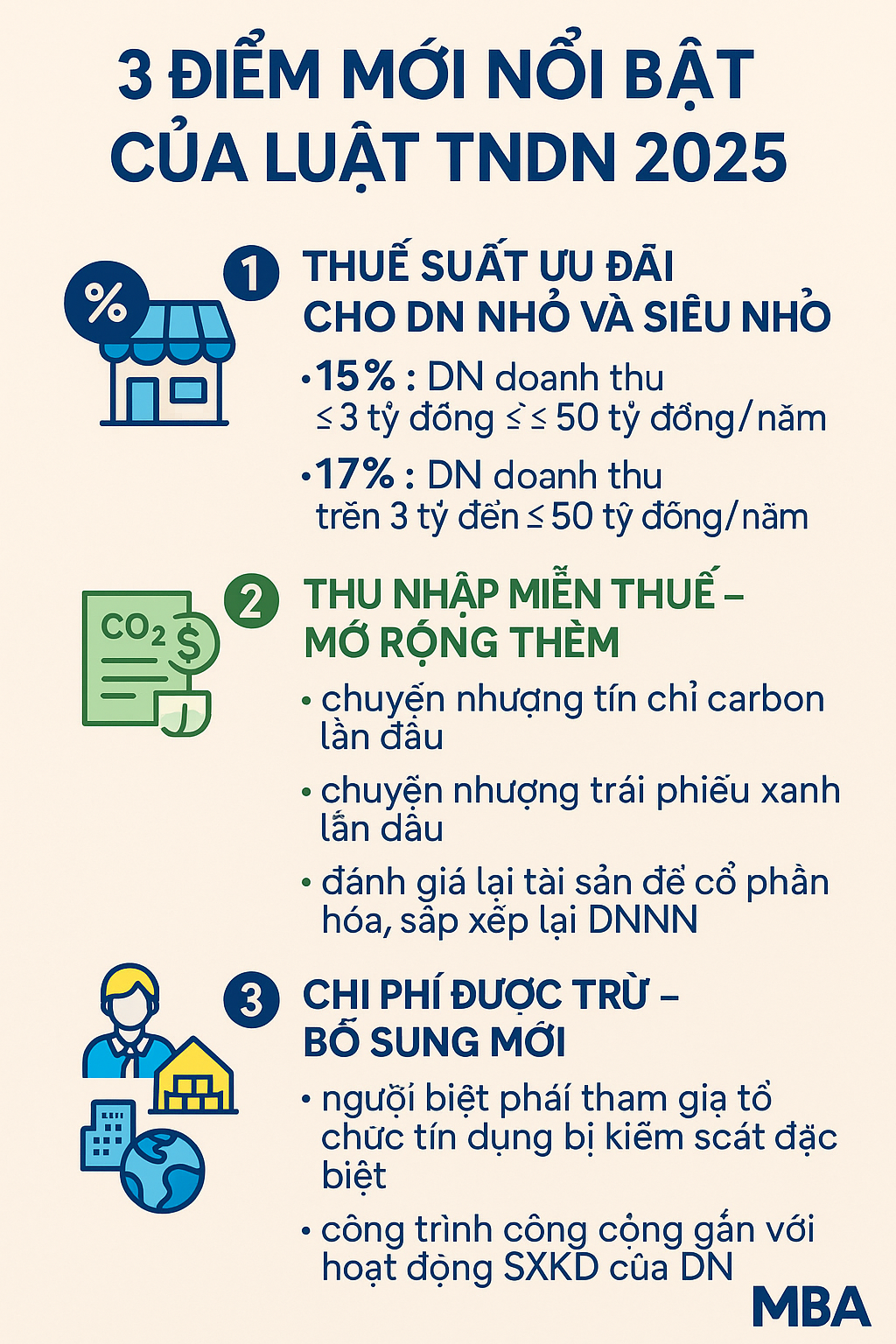In the dynamic landscape of mobile applications, staying ahead requires more than just innovative ideas — it demands swift adaptation to platform changes. The iOS ecosystem, known for its frequent updates and evolving features, exemplifies this necessity. Developers and companies that proactively respond to these shifts can maintain competitive advantage, enhance user experience, and capitalize on new functionalities.
Understanding how platform updates influence app development is essential. This article explores the core concepts of app evolution driven by iOS changes, illustrated through practical examples and real-world strategies. Whether you’re a seasoned developer or a product manager, grasping these principles will help you navigate the fast-paced world of iOS app development effectively.
Contents
- 1. The Fast-Paced Nature of Mobile App Markets
- 2. Core Concepts of App Evolution in Response to Platform Changes
- 3. How Apple’s Ecosystem Spurs Rapid Development
- 4. The Role of Educational Content and Examples
- 5. Strategies for Accelerating Development Cycles
- 6. Challenges and Risks of Rapid Evolution
- 7. Case Study: Subscription and Gaming Apps
- 8. Future Trends and Preparing for Next-Gen Changes
- 9. Conclusion: Staying Competitive in a Rapidly Evolving Landscape
1. The Fast-Paced Nature of Mobile App Markets
Mobile app markets are characterized by relentless innovation and consumer expectations for seamless, feature-rich experiences. According to recent industry reports, the average lifespan of a top-performing app’s feature set before needing an update is approximately 3 to 6 months. This rapid turnover is driven by user feedback, technological advancements, and competitive pressures. For example, popular apps often release bi-weekly updates to add functionalities or fix bugs, emphasizing the importance of swift development cycles.
The iOS platform, with its quarterly update schedule, significantly influences this pace. Each update can introduce new APIs, privacy policies, or hardware capabilities that necessitate corresponding app modifications. Developers who delay adaptation risk falling behind competitors or encountering compatibility issues, which can lead to user dissatisfaction and revenue loss.
2. Core Concepts of App Evolution in Response to Platform Changes
Understanding the Relationship Between OS Updates and App Functionality
Each iOS update introduces new features, deprecates old ones, and modifies existing APIs. For instance, the introduction of ARKit in iOS 11 revolutionized augmented reality apps, enabling developers to craft immersive experiences. Conversely, deprecated APIs force developers to refactor codebases to maintain functionality, exemplified by the transition from legacy authentication methods to Apple’s Sign in with Apple.
Staying Compliant with New Features and Policies
Apple’s updates often include privacy enhancements, such as App Tracking Transparency (ATT). Apps must adapt quickly to these policies to avoid rejection during review. For example, apps that previously relied on third-party tracking now need to implement Apple’s transparency prompts, requiring developers to update their code and user flows promptly.
Influence of User Expectations and Market Trends
Users expect apps to leverage the latest iOS capabilities for enhanced experiences. For example, media streaming apps have integrated new video codecs and adaptive streaming features following iOS updates. Failing to incorporate such features can result in diminished user satisfaction and reduced engagement.
3. How Apple’s Ecosystem Spurs Rapid Development
New Features as Catalysts for Innovation
Apple’s introduction of ARKit, privacy enhancements, and hardware integrations (like LiDAR scanners) incentivizes developers to innovate quickly. For example, games utilizing ARKit provide immersive experiences that set new user expectations, prompting other developers to adopt similar features rapidly.
Compatibility Challenges with Older Versions
Supporting multiple iOS versions complicates development. Developers often face a trade-off: supporting older devices increases reach but delays the adoption of new features. For example, integrating the latest SwiftUI components may require dropping support for iOS versions below 13, forcing teams to prioritize updates based on user demographics.
Case Study: Impact on Popular App Categories
Games have rapidly incorporated AR and high-fidelity graphics following iOS updates, leading to a surge in user engagement. Media apps, meanwhile, have adopted new codecs and privacy features to enhance security and performance. Notably, the Google Play Store’s Android apps serve as a comparative benchmark, showcasing how cross-platform strategies facilitate quick adaptation across diverse ecosystems.
4. The Role of Educational Content and Examples in Keeping Up with Platform Changes
Leveraging Tutorials and Developer Resources
Apple’s official developer portal provides comprehensive tutorials, sample code, and documentation for new features. For example, developers learning to implement ARKit or privacy policies can follow step-by-step guides, reducing onboarding time and ensuring compliance.
Incorporating Real-World Examples
Studying apps like royal balloons — a modern example of adaptation — demonstrates how integrating new iOS features enhances user engagement. Such apps exemplify rapid iteration, leveraging tutorials and SDKs to stay current with platform capabilities.
Evaluating Cross-Platform Tools
Frameworks like Flutter and React Native enable faster deployment across iOS and Android. They allow developers to reuse code, reducing time-to-market for updates that incorporate new platform features, as evidenced by the rapid release cycles of many successful apps.
5. Strategies for Accelerating App Development Cycles
Adopting Agile Methodologies and Continuous Deployment
Implementing Agile practices, such as Scrum or Kanban, enables teams to iterate quickly, respond to platform changes, and deploy updates seamlessly. Continuous Integration/Continuous Deployment (CI/CD) pipelines automate testing and deployment, reducing manual effort and accelerating release cycles.
Prioritizing Features that Leverage New Capabilities
Focus on integrating features like AR, privacy controls, or new UI components first, as these offer competitive advantages. For example, incorporating ARKit into a retail app can create immersive shopping experiences that attract users ahead of competitors.
Building Flexible Architectures
Design modular codebases that facilitate quick updates. Using feature toggles allows enabling or disabling functionalities based on platform capabilities, ensuring stability while experimenting with new features.
6. Challenges and Risks of Rapid Evolution
Potential for Bugs and Stability Issues
Speeding up release cycles can increase the likelihood of bugs, especially if testing is rushed. Historical data shows that rapid updates sometimes lead to stability problems, which can damage user trust.
User Backlash from Frequent Changes
Excessive update frequency may annoy users, especially if updates alter core features or introduce bugs. Clear communication and prioritizing quality are essential to mitigate negative reactions.
Resource Allocation and Development Costs
Rapid development requires significant investment in skilled personnel, testing infrastructure, and user support. Balancing speed with quality is crucial to avoid costly post-release fixes.
7. Case Study: Subscription and Gaming Apps as Illustrations of Fast Evolution
Subscription-Based Apps and Rapid Growth
Subscriptions have increased over 400% in recent years, driven by the need for swift updates that enhance content delivery, payment security, and personalized features. Platforms like Netflix and Spotify exemplify this rapid adaptation, continuously refining their apps to meet evolving iOS capabilities and user demands.
Gaming Industry’s Adoption of New Features
Games leverage new graphics APIs, AR, and haptic feedback to create immersive experiences. For example, titles from the Google Play Store have rapidly integrated ARCore equivalents on iOS, demonstrating cross-platform agility. These updates often lead to increased downloads and user engagement, illustrating the importance of speed in competitive gaming markets.
Lessons Learned
Balancing speed and quality is vital. Successful apps often adopt a phased rollout strategy, releasing core features first and iterating based on user feedback. This approach minimizes risks while maintaining momentum in market adaptation.






